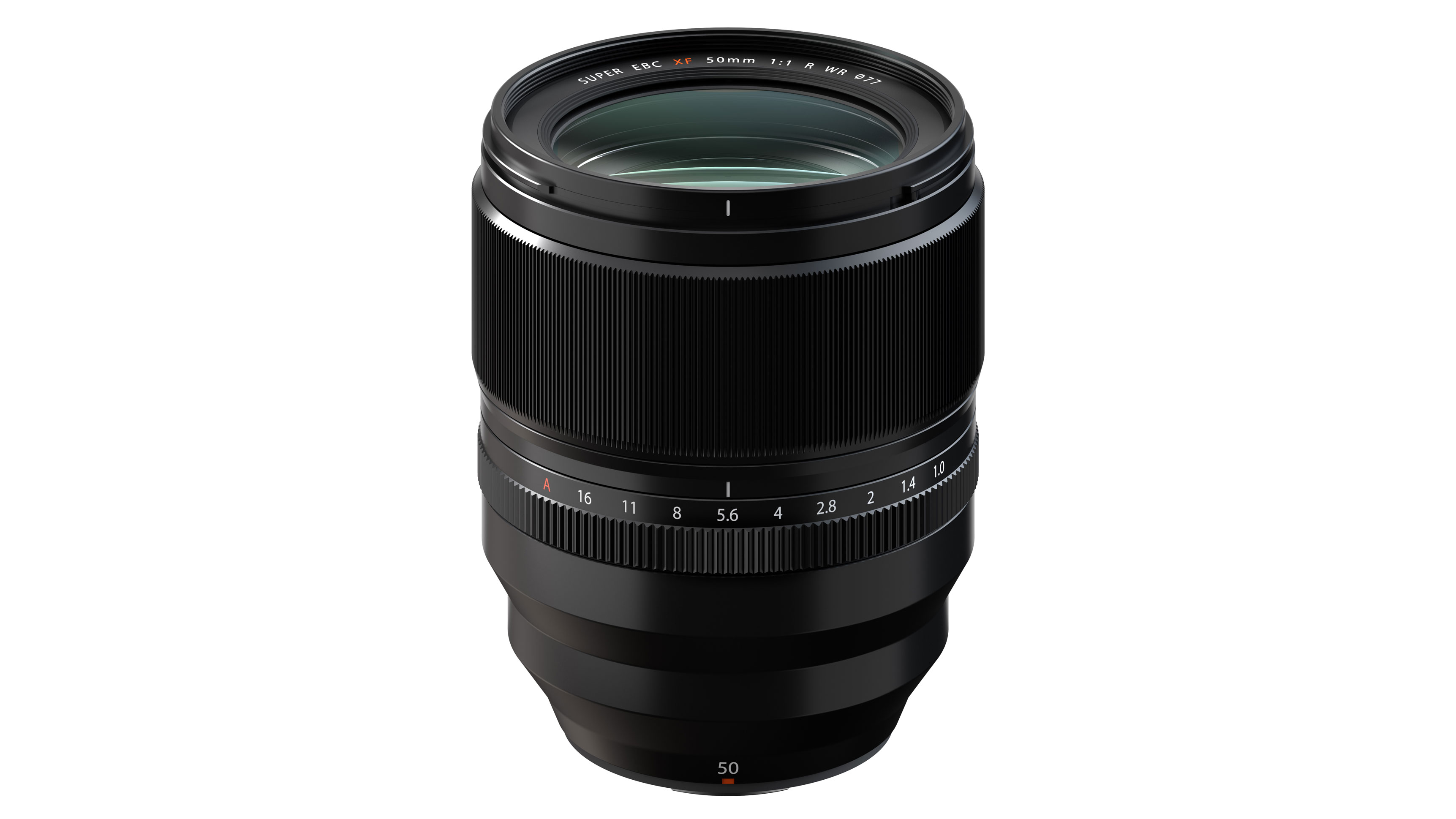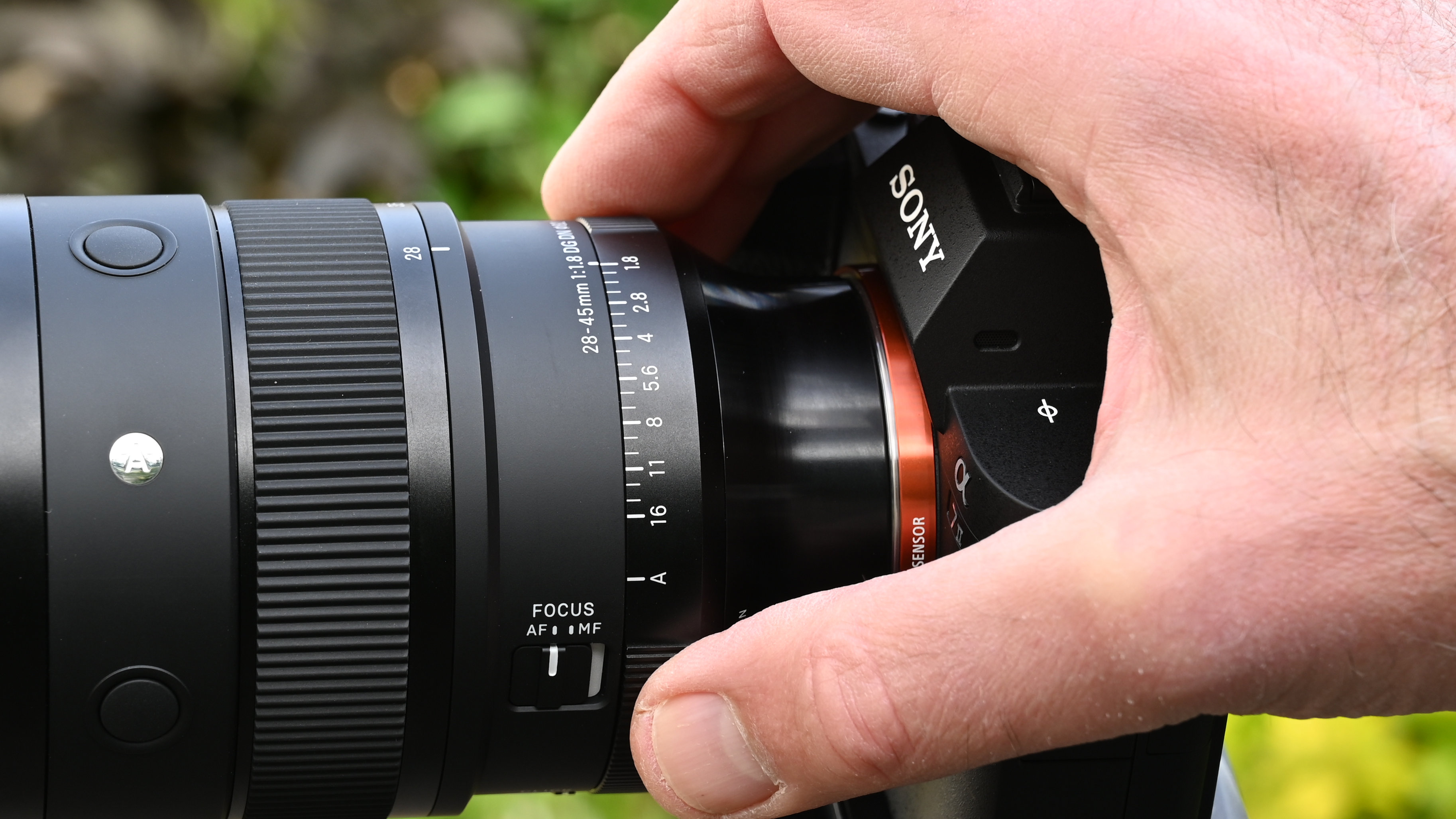The Fujinon XF50mm F1.0 R WR is here at last, and more practical than you might think
Fujifilm's XF50mm F1.0 has been in development a long time, so it's hardly a secret, but now we have all the details
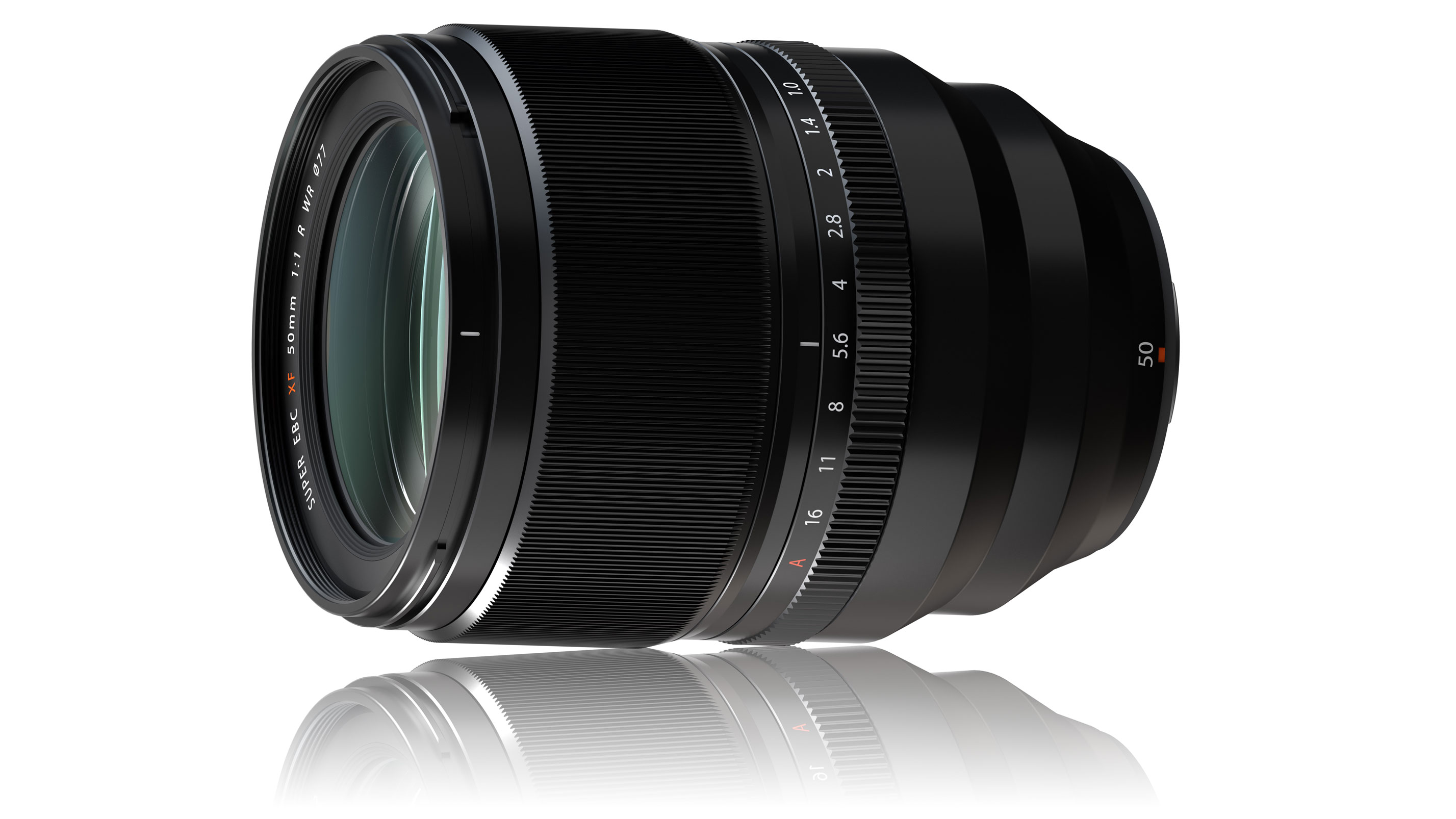
It's been a whole year since the Fujinon XF50mm F1.0 was first announced, and it was itself born from the ashes of a 33mm f/1.0 lens that Fujifilm ultimately decided would just be too big and impractical.
We've known the broad specifications for this lens for some time, but it's only now that the complete details – and the pricing – have been officially announced. The Fujinon XF50mm F1.0 WR will be available from late September 2020 at a price of $1,499/£1,499, so apart from being available very soon, Fujifilm's ultra-fast prime will also be realistically affordable.
Fujinon XF50mm F1.0 R WR key features
This lens incorporates a number of firsts, not least the fact that it's the world's first f/1.0 lens with autofocus. We've seen lenses this fast before – and faster – but not with autofocus. Lenses this fast, with this little depth of field, need extremely accurate focusing. The AF means that the lens can get the benefit of Fujifilm's face and eye detection features.
This will be especially relevant for portrait photographers, for whom this lens is a very good match – its 50mm focal length is equivalent to around 75mm on a full frame camera. It's not quite the 'classic' 85mm portrait focal length, but close enough.
It's inevitable that parallels will be drawn between this lens and the Nikkor Z 58mm f/0.95 Noct, but where the Nikkor lens is an extremely expensive technical tour de force outside the reach (and the pocket) of most photographers, the Fujinon XF50mm F1.0 R WR is an altogether more practical and affordable everyday lens.
The optical construction includes 12 elements in 9 groups, with one aspherical lens element and two ED (extra low dispersion) elements. It uses a high-power DC autofocus motor and is fully weather-sealed for use in harsh environments.
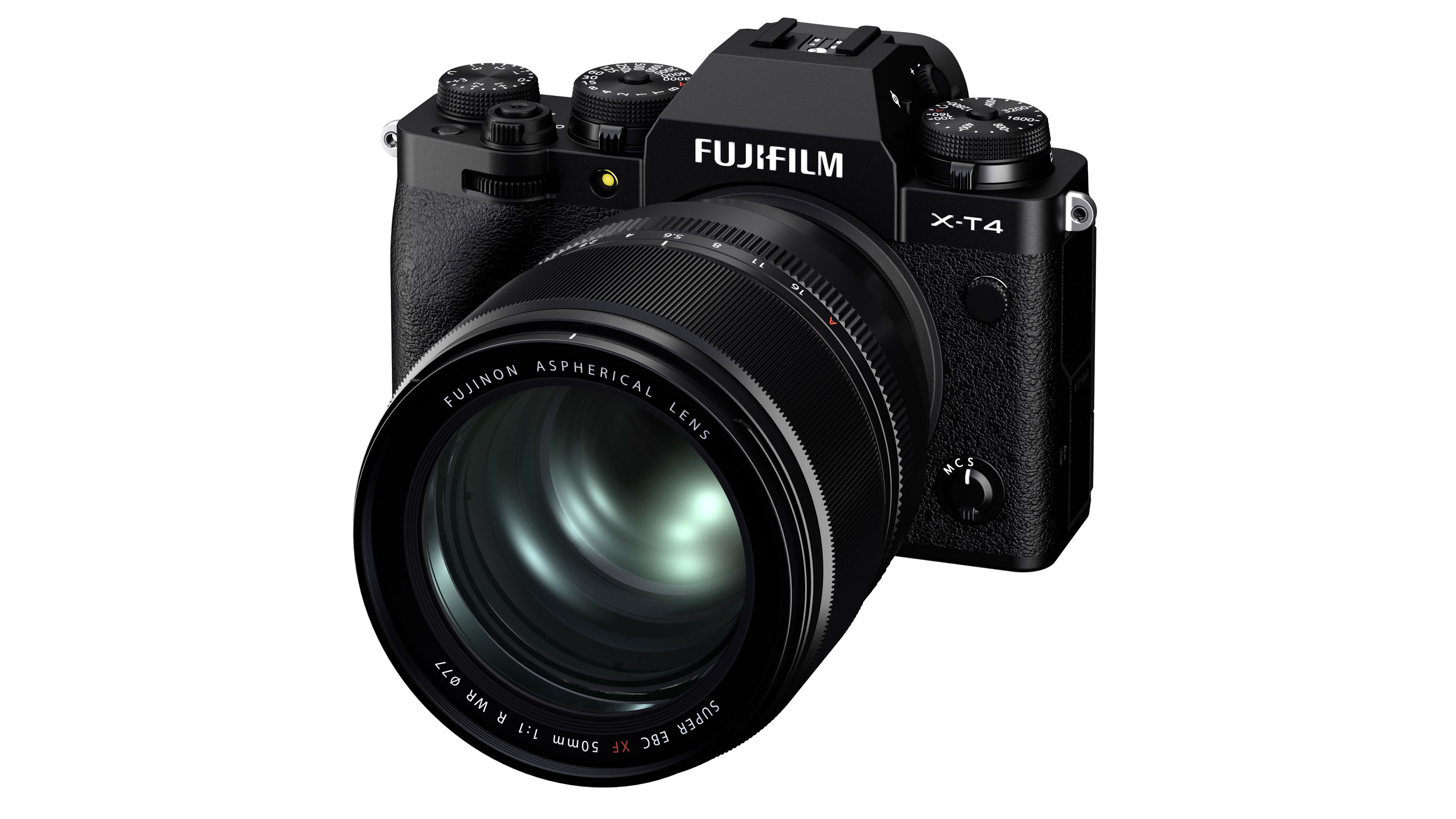
Depth of field and bokeh
The smaller APS-C sensor of Fujifilm's X-mount cameras means that the impressive sounding f/1.0 maximum aperture of this lens is probably equivalent to an f/1.4 lens of a similar angle of view on a full frame camera, but it nonetheless delivers the shallowest depth of field of any Fujifilm X-mount lens so far, including the existing Fujinon XF56mm F1.2.
The best camera deals, reviews, product advice, and unmissable photography news, direct to your inbox!
It's not just about depth of field, but the quality of the 'bokeh' too, and Fujifilm's designers have gone to special lengths to make sure this lens delivers extra-smooth bokeh and out of focus rendering, even to the extent of leaving spherical aberration uncorrected wide open at f/1.0. This is borne out by the results we achieved in our own brief hands-on review of the XF50mm F1.0 WR.
This lens is also designed to sharpen up as the lens aperture is stopped down. It doesn't have optical stabilisation built in, but the flagship Fujifilm X-T4 does have in-body stabilisation anyway.
This is a substantial lens by APS-C prime lens standards but far from unmanageable. It is 103.5mm long, weighs 845g and has a 77mm filter thread.
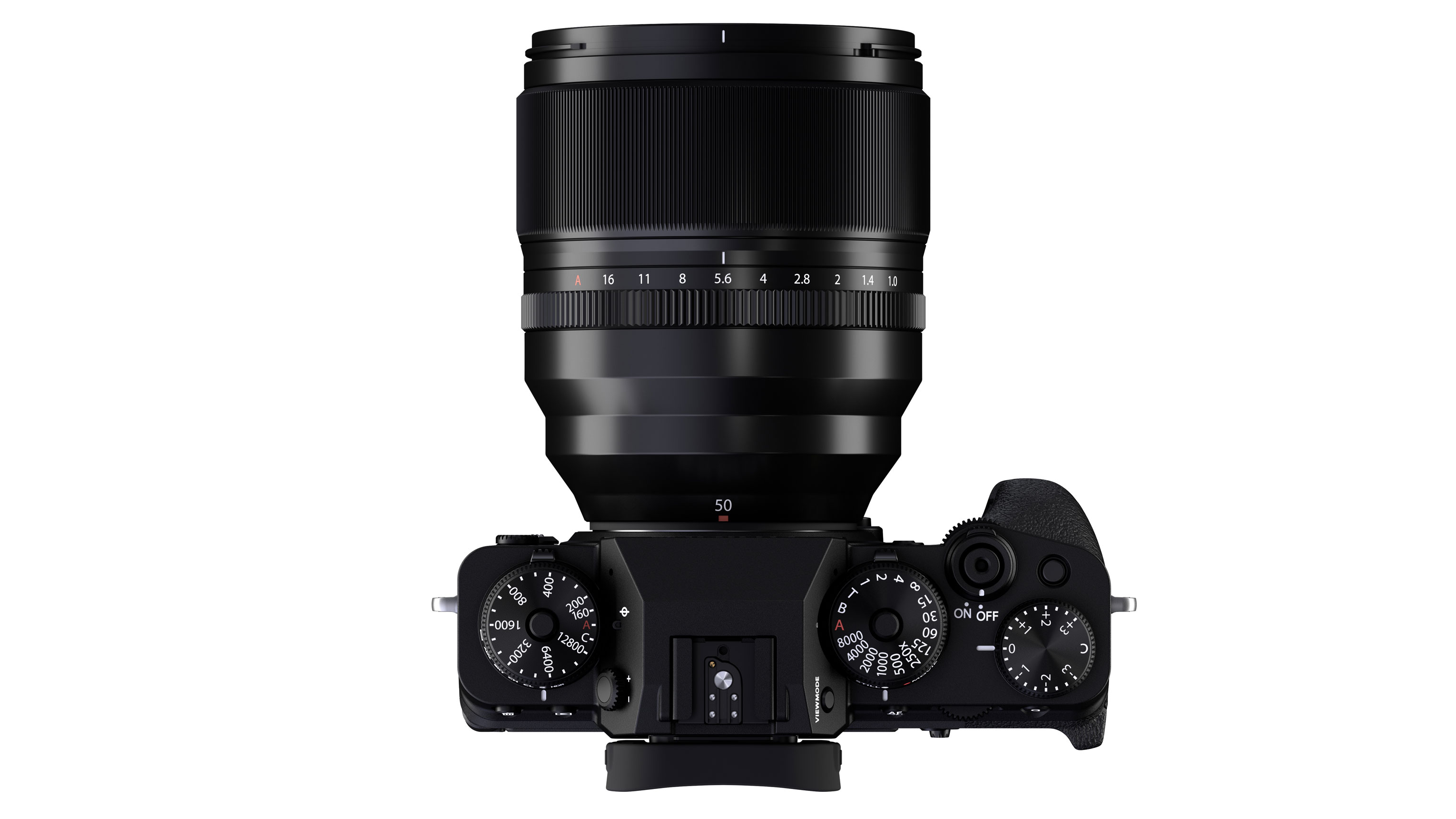
Fujinon XF50mm F1.0 WR price and availability
You can buy the Fujinon XF50mm F1.0 R WR from late September onwards at an anticipated retail price of $1,499/£1,499/AU$2,799.
• Preorder the Fujinon XF50mm F1.0 WR at Adorama
• Preorder the Fujinon XF50mm F1.0 WR at B&H Photo
• Preorder the Fujinon XF50mm F1.0 WR at Park Cameras (UK)
Read more:
• Best Fujifilm lenses
• Best Fujifilm cameras
• Best portrait lenses
• Best professional cameras
• Best mirrorless cameras

Rod is an independent photography journalist and editor, and a long-standing Digital Camera World contributor, having previously worked as DCW's Group Reviews editor. Before that he has been technique editor on N-Photo, Head of Testing for the photography division and Camera Channel editor on TechRadar, as well as contributing to many other publications. He has been writing about photography technique, photo editing and digital cameras since they first appeared, and before that began his career writing about film photography. He has used and reviewed practically every interchangeable lens camera launched in the past 20 years, from entry-level DSLRs to medium format cameras, together with lenses, tripods, gimbals, light meters, camera bags and more. Rod has his own camera gear blog at fotovolo.com but also writes about photo-editing applications and techniques at lifeafterphotoshop.com
